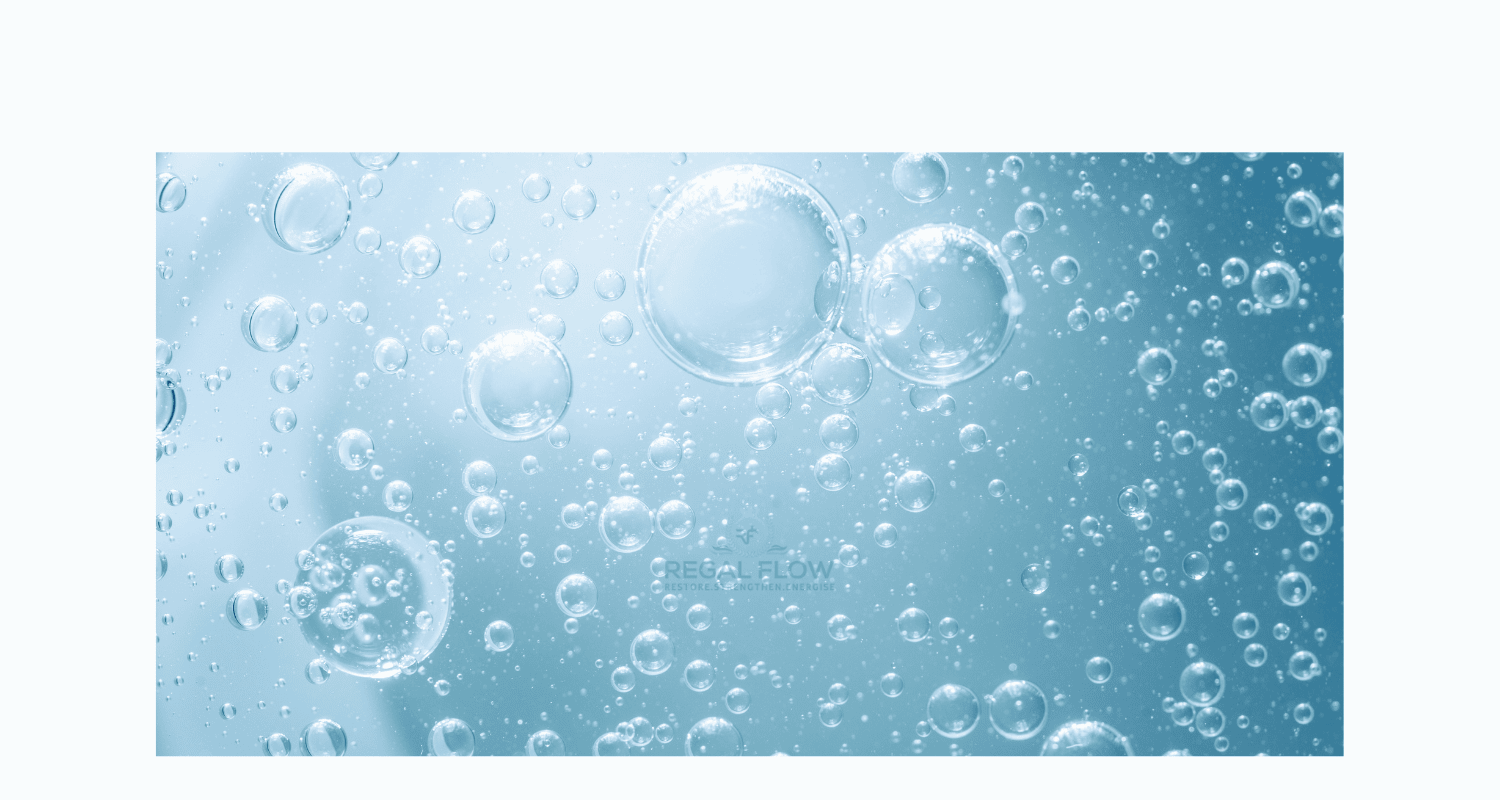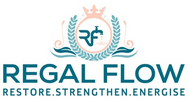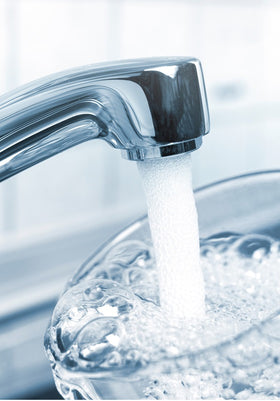
Reverse Osmosis and Ozonation: A Powerful Pair for Water Purification
Looking for cleaner, safer water? Reverse osmosis and ozonation have you covered! These powerhouse technologies team up to remove impurities and kill germs, making your tap water cleaner than ever. Plus, countertop dispensers and reverse osmosis systems make it easy to enjoy pure water at home. Exploring Reverse Osmosis: Detailed Analyses and Practical Uses has all the details—no hassle, just refreshment! Keep reading to learn more.
Understanding Reverse Osmosis and Ozonation
How RO and Ozonation Work Independently
Reverse osmosis (RO) and ozonation are two of the most effective methods for purifying water. RO works by forcing water through a semi-permeable membrane, which traps contaminants like salts, heavy metals, and even tiny particles. The result is incredibly pure water, free from those unwanted impurities. On the other hand, ozonation uses ozone gas (O₃), a strong oxidant, to disinfect water. When ozone is introduced, it breaks down organic materials, kills bacteria, viruses, and other pathogens, leaving no harmful residues behind. It's a rapid process that ensures the water is microbiologically safe and free of harmful microorganisms.
Synergistic Effects of Combined Treatment
When you combine RO and ozonation, you get a supercharged water treatment system. RO clears the way by removing larger contaminants such as metals and salts, while ozonation goes the extra mile by zapping any remaining pathogens and oxidising chemicals. This powerful partnership creates water that’s not only free of visible impurities but also safe from harmful microorganisms. It’s like having a double security system for your water—one that catches the big stuff and one that deals with the germs.
Benefits of Combining RO and Ozonation
Enhanced Contaminant Removal
RO is brilliant at filtering out contaminants like lead, chlorine, and other heavy metals. However, it’s not as effective against microorganisms or chemicals. Ozonation picks up the slack, going after the smaller, invisible threats, like bacteria and viruses. Together, they remove both physical contaminants and harmful pathogens, giving you water that’s cleaner and safer than ever. Think of it as having a thorough spring clean for your water—RO takes out the big mess, while ozonation gives it that final, sparkling touch.
Improved Disinfection and Oxidation
Ozone is a champion when it comes to disinfecting water. It kills off bacteria and viruses in a flash, without leaving any toxic by-products behind. Not only does it sanitise, but it also breaks down organic compounds that RO can’t touch. This means that the combination of RO and ozonation doesn't just filter your water; it completely transforms it, making it free from harmful chemicals and pathogens. It’s like having a disinfectant and a filter working together to make sure your water is not only clean but also safe.
Applications of RO and Ozonation Systems
Municipal Water Treatment
Cities and towns rely on clean, safe drinking water, and RO plus ozonation ensures just that. In municipal water treatment, RO is often the first line of defence, filtering out physical contaminants. Then, ozonation comes in to tackle bacteria, viruses, and other microorganisms. This combination guarantees that the water you drink meets stringent safety standards and remains free from harmful substances. It’s why water treatment plants like Thames Water in the UK trust these technologies to deliver clean water to millions of people every day.
Industrial Wastewater Treatment
Industries produce a lot of wastewater, much of it contaminated with chemicals, heavy metals, and other pollutants. RO and ozonation provide an efficient solution for cleaning this water. RO removes the large contaminants, while ozonation gets rid of the pathogens and breaks down any leftover toxins. This makes the treated water safe to discharge or reuse, reducing environmental impact and ensuring compliance with strict regulations. Think about factories that need to treat water before it's released back into the environment. RO and ozonation help ensure that it’s clean enough to protect ecosystems.
Advanced Purification Systems
For industries where purity is paramount—think pharmaceuticals, food processing, or even bottled water—RO and ozonation systems are the gold standard. These systems ensure that every drop of water used in production is free from contaminants and safe for use. Whether it's for manufacturing products or ensuring the water is safe for consumption, these advanced purification systems guarantee high standards of cleanliness and safety. This is the technology used by companies that need absolute assurance that their water is of the highest quality.
System Design and Implementation
Integration of RO and Ozonation
When designing a system that combines RO and ozonation, it’s crucial that both technologies work together seamlessly. Typically, RO is used first to remove the bulk of the contaminants. Then, ozonation is applied to disinfect and remove any remaining pathogens. The systems need to be designed for efficiency, ensuring that both stages complement each other and produce the cleanest water possible. It’s like building a great team—each part plays its role, and together, they deliver exceptional results.
Maintenance and Optimization
To ensure your RO and ozonation system continues to work at its best, regular maintenance is key. RO membranes can get clogged with particles, so they need to be cleaned or replaced from time to time. Ozone systems require monitoring to ensure the right amount of ozone is being injected into the water. Optimising these systems ensures they continue to provide high-quality water without wasting energy or resources. It’s like keeping your car well-maintained—take care of it, and it’ll keep running smoothly for years.
Case Studies and Research
Real-World Applications
The success of RO and ozonation isn’t just theoretical. Real-world examples show how effective these technologies are. For instance, Thames Water in the UK uses a combination of RO and ozonation to treat large amounts of water for the public. In the food and beverage industry, companies use these technologies to ensure that the water used in production is free from contaminants and safe for consumption. In short, RO and ozonation are making a real difference in both municipal and industrial water treatment around the world.
Scientific Studies and Findings
Studies support the efficacy of combining RO and ozonation in water treatment. Research has shown that this dual method improves water purity, removes a wide range of contaminants, and ensures that water is microbiologically safe. The combination is particularly effective at eliminating both physical pollutants and microscopic pathogens, making it an ideal choice for a range of applications. Scientists agree: this combined approach offers a level of water purification that individual methods can’t match.
Conclusion: The Future of Advanced Water Treatment
Summarising the Combined Benefits
When you put reverse osmosis and ozonation together, you get the best of both worlds. RO removes large contaminants, while ozonation provides a final touch, disinfecting and breaking down harmful chemicals. The result? Clean, safe water that’s perfect for drinking, cooking, and industrial use. It’s the ultimate one-two punch for water purification.
Future Trends in RO and Ozonation
Looking ahead, the future of water treatment will increasingly rely on technologies like RO and ozonation. As the demand for clean and safe water grows, we can expect to see these systems becoming more efficient, cost-effective, and accessible. With continuous improvements, these methods will remain key in providing reliable, safe water for homes and industries worldwide. As water quality standards rise, reverse osmosis and ozonation will lead the charge in ensuring safe, clean, and sustainable water for all.
More Reverse Osmosis info we think you'll love
Is Reverse Osmosis Water Chlorine Free?
Is Reverse Osmosis Water the Best?
Is Reverse Osmosis Good for Well Water?
Can Reverse Osmosis Remove Lead?
Can Reverse Osmosis Remove PFAS?
Can Reverse Osmosis Remove Salt?
Is a Reverse Osmosis System Needed for Window Cleaning?
Does Reverse Osmosis Remove Viruses from Water? Understanding the Filtration Process
How do I Maintain my Reverse Osmosis System for Longevity and Performance?
Is Reverse Osmosis Water Good for Coffee? Exploring Water Quality for the Perfect Brew
Reverse Osmosis vs. Carbon Filters for Well Water: Which is Best for Your Needs?



Leave a comment